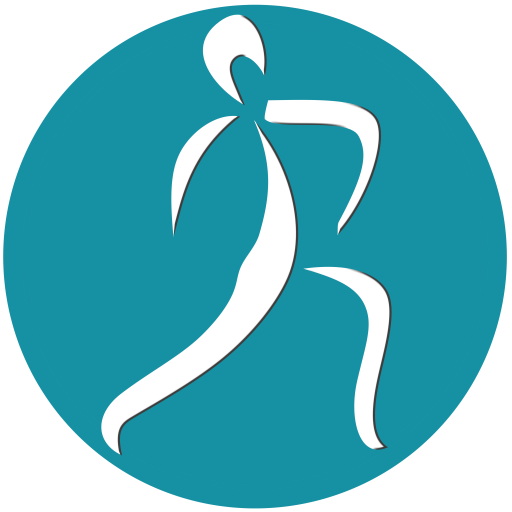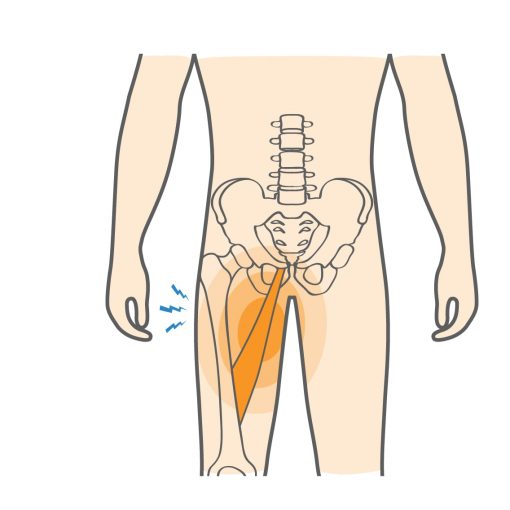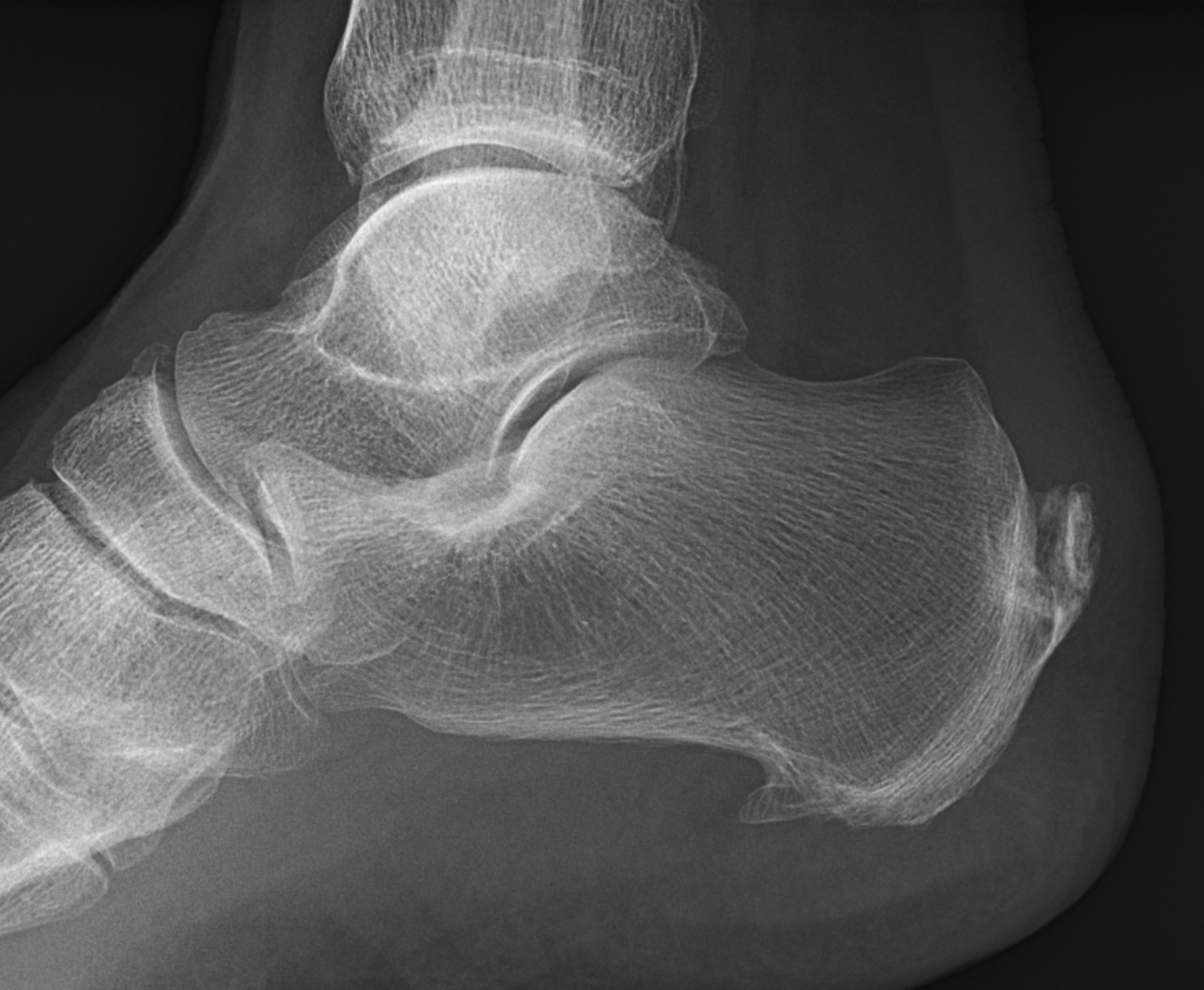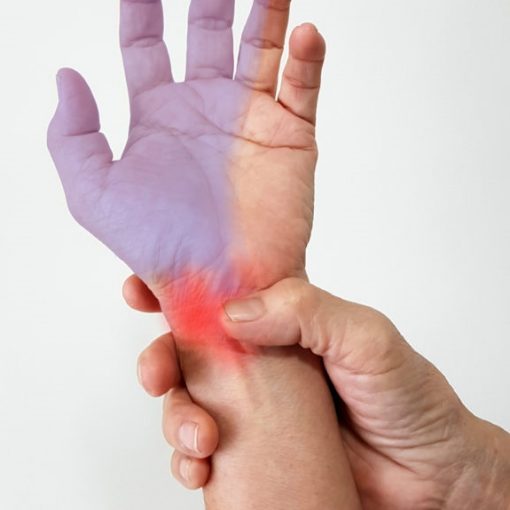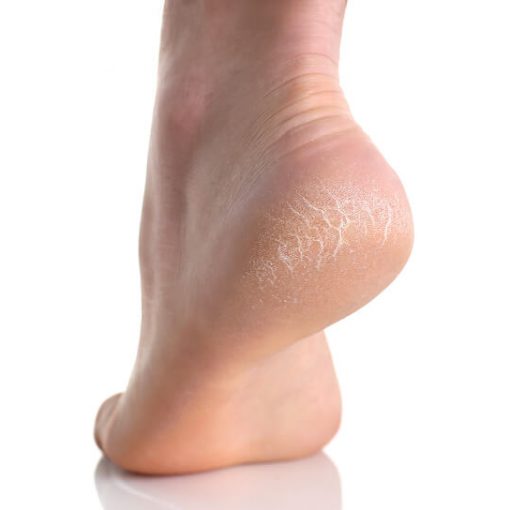Today, due to the high percentage of complications caused by surgery, as well as problems after surgery and recurrence of the disc, the therapeutic approach for lumbar and neck discs, has become more oriented towards non-surgical treatments or less invasive treatments, so patients are more inclined to these treatments.

These treatments range from non-invasive treatments such as anti-inflammatory drugs as well as pain killers, exercise therapy, posture correction, and physical modalities to less invasive procedures such as injecting of medicine and structural molecules and anti-inflammatory materials into the disc or adjacent to the nerve root.
Medicines:
Simple painkillers such as nonsteroidal anti-inflammatory drugs (NSAIDs), tricyclic antidepressants, serotonin reuptake inhibitors, low-dose anticonvulsants, and in refractory cases, opioids can provide initial relief and initiation of rehabilitation.
Physical modalities:
Heat and cold therapy, ultrasound, electrical stimulation and electrotherapy, low-power and high-power lasers, massage and stretching of soft tissues/muscles, manipulation and chiropractic maneuvers, acupuncture and dry needle, advanced modalities such as Magnet, Radiofrequency, Shock-wave are frequently used to relieve pain and reduce inflammation and spasm of the muscles that support the spine.

Correcting the posture and home and workplace modification.
This is one of the most important treatments for disc herniation, and includes physical therapy and rehabilitation services that help the patient return to a normal life and workplace.
Pay attention to issues such as heavy work, excessive use of stairs, sitting and standing for long periods of time, bending and pressing on the back, bathroom and bedroom, way of sitting, resting and sleeping, type of shoes and work/sports equipment can all be helpful in preventing and controlling disc problems.
Exercise therapy:
Specialists, according to the type of disc, its severity, the presence of accompanying and previous illnesses, and considering the socio-economic status of the patient, perform a series of stretching and strengthening exercises to correct the condition of the spine and recommends muscle-stabilizing and aerobic exercise such as hydrotherapy or walking, and strengthening and stretching exercises such as Williams and Mackenzie. Some of these exercises are available in the Rehabex app.
Less invasive treatments:
It is a relatively new field in disc therapy and includes a wide range of procedures from injecting into the trigger points and nerve blocks to injecting gels and structural materials into the disc or anti-inflammatory substances such as corticosteroids or ozone into the areas adjacent to the nerve or around the spinal cord.
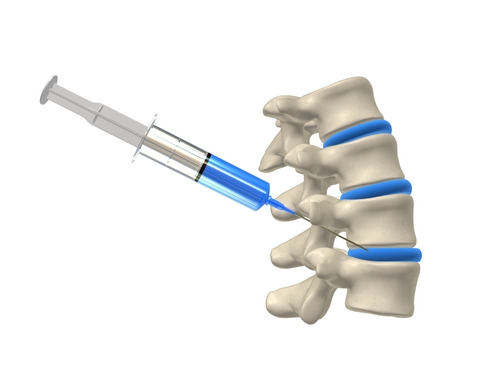
These treatments, of course, are often relatively expensive and sometimes require anesthesia and operating room equipment and High-Tec equipment such as ultrasound or fluoroscopy. The side effects of these treatments are much less than invasive treatments such as open disc surgery and platinum implantation or laminectomy. It should be noted that not every disc can be a candidate for these cases and the patient should be selected very carefully and by a skilled doctor.
Prepared by Rehabex team.
